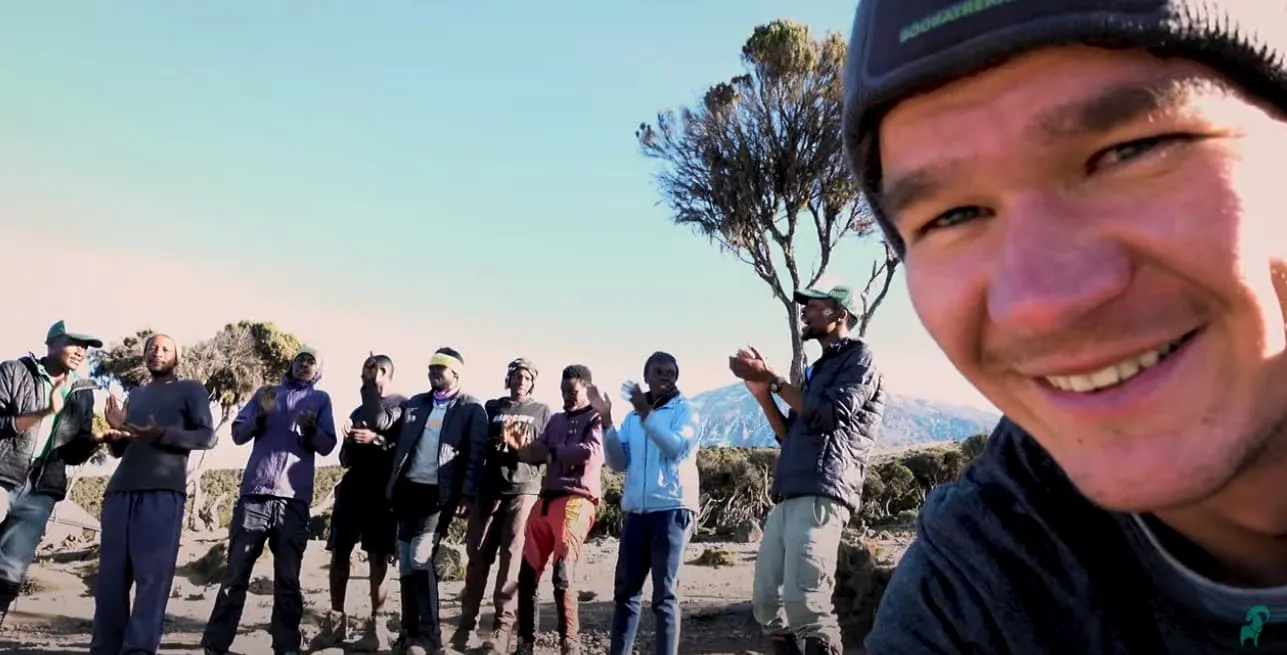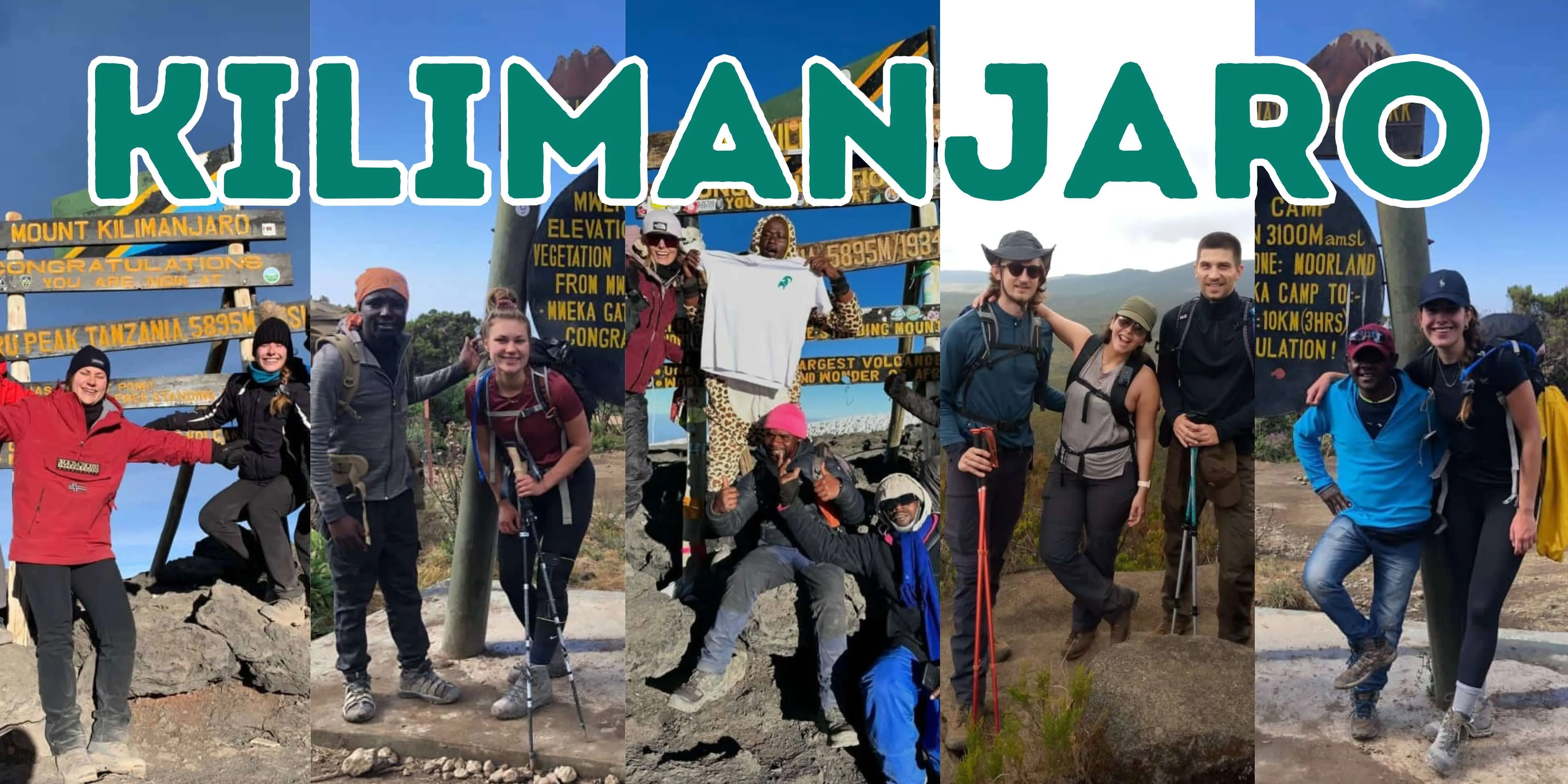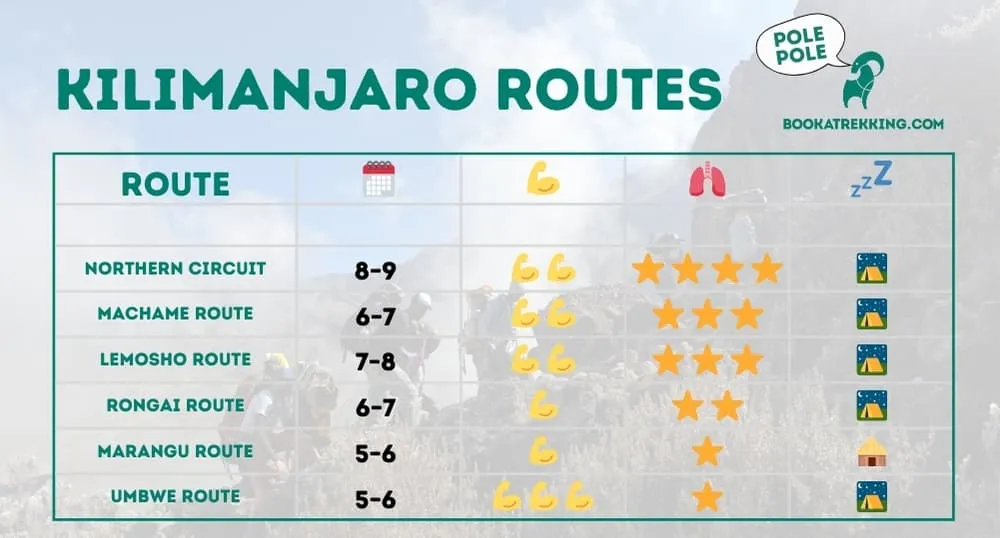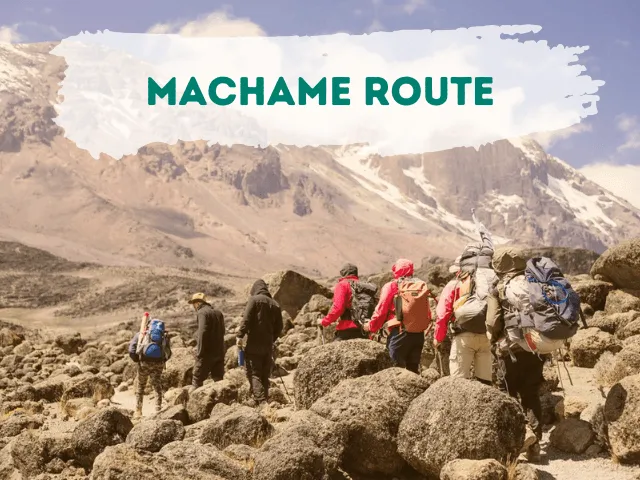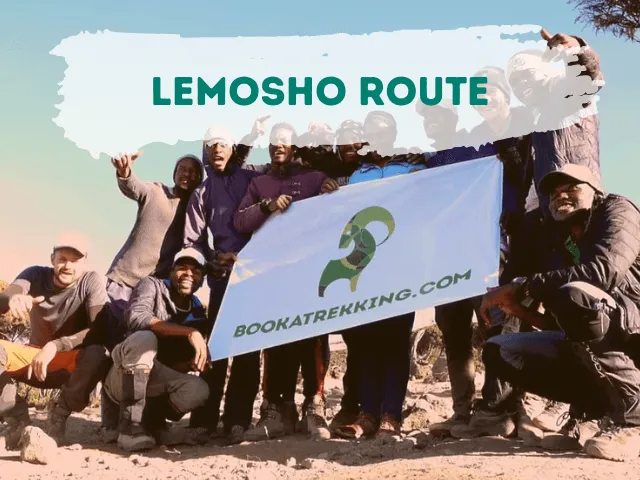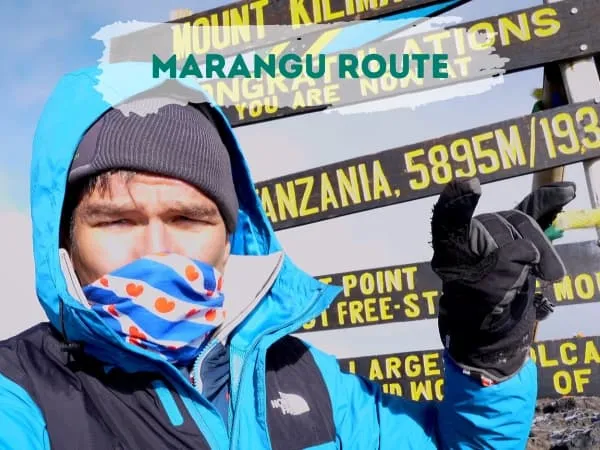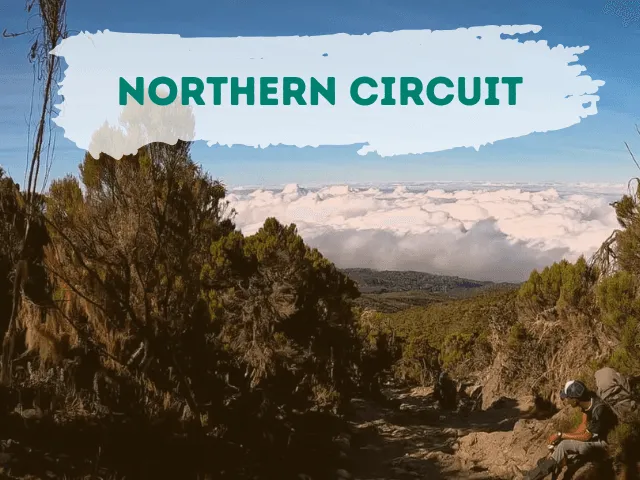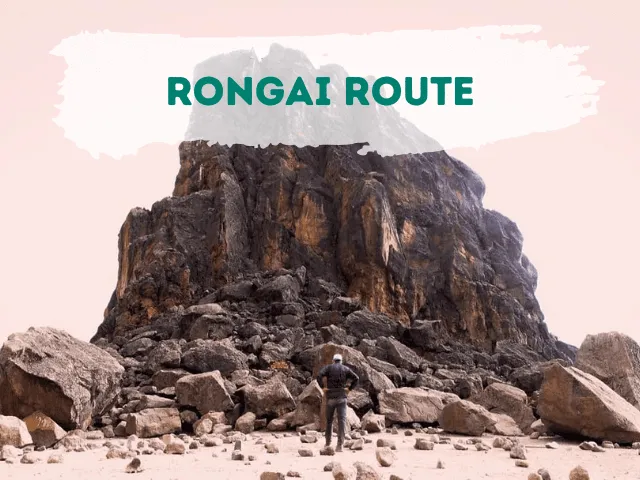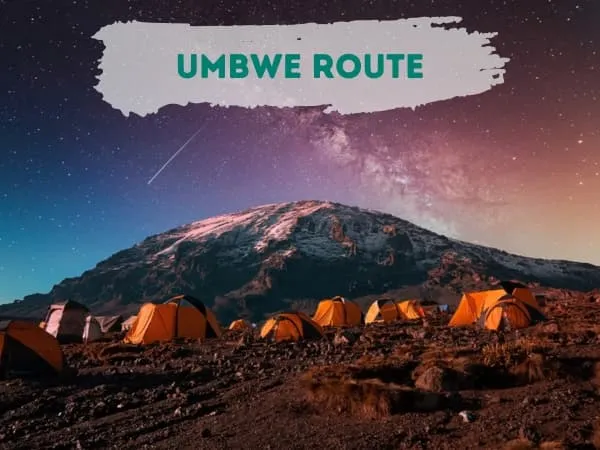🗻 Stand on the Roof of Africa — With smart acclimatisation and one of the highest success rates out there, even if it’s your first time this high up.
Mount Kilimanjaro: the Roof of Africa, the big one on every adventurer’s bucket list. Whether you’re chasing epic views, a proper physical challenge, or just want to say “I did it”—Kili delivers. Think sunrise above the clouds, glaciers catching the first golden light, and that unbeatable feeling when you hit 5,895 meters. Every step is yours. Every view is earned.
We’re Bookatrekking.com and together we will climb Kilimanjaro.



